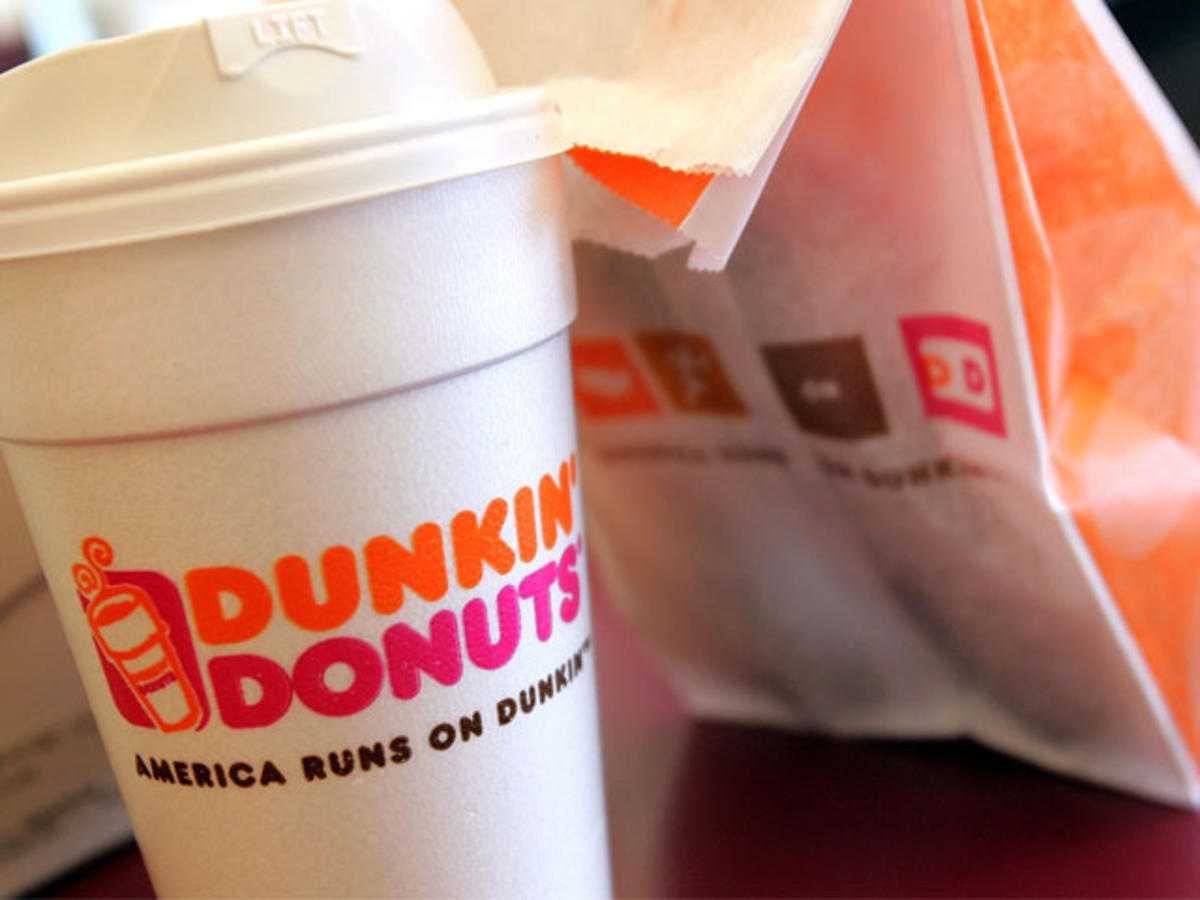With its “America Runs on Dunkin'” advertising campaign, Dunkin’ Donuts is selling the idea that coffee is fuel, and that’s markedly different from what Starbucks is selling — drinking coffee as a lifestyle.
About a year ago, Dunkin’ Donuts enlisted the creative help of Hill Holiday, a Boston, Mass.-based advertising firm, and in April 2006, the company launched an all-out print, broadcast, and online advertising campaign. Dunkin’ officials called it “the most significant repositioning effort in the company’s 55-year-history.”
With this campaign and an expansion plan that pits Dunkin’ Donuts head-to-head — and side-by-side on some city blocks — with Starbucks, the fast food chain has not only become the nation’s largest seller of brewed coffee through fast-food outlets, but it is quickly rewriting the definition of coffee.
A chain once known for its arsenal of baked goods and Fred the Baker’s famous “Time to Make the Donuts” television spots, Dunkin’ Donuts now sells 2.7 million cups of coffee every day — that’s nearly one billion cups a year.
“Everyday Americans lead extremely busy lives,” Dunkin’ Donuts brand officer Robert Rodriguez, says. “American coffee is a ritual. It’s an on the way to work, every morning for every consumer, ritual.”
The “America Runs on Dunkin'” campaign includes television spots that feature hurried workers getting coffee on their way to work. A print ad shows a starting line drawn on the pavement as a car pulls out of a Dunkin’ Donuts parking lot. Another depicts a cup of coffee being poured into an engine shaped like the United States.
“When we got together with Dunkin’ Donuts, they were looking to say something big, simple, and declarative about what their brand was about,” says Hill Holiday’s senior vice president, Jeff Bonasia, who oversees the Dunkin’ account. “We thought about how the brand fits into people’s lives and we used that idea to create a catch phrase.”
“Coffee demand in the United States is the highest it’s ever been,” says Rodriguez. In fact, the U.S. Census Bureau estimated that the average American drinks nearly 24 gallons of coffee a year.
This is a big switch for Dunkin’, too. For decades, Dunkin’s Donuts coffee played a supporting role to its baked goods. Then, in 1995, a year after Starbucks opened its first store in Boston, Dunkin’ began its plan to grab more of the coffee market and introduced a line of flavored coffees. It now offers a range of flavored blends, espresso products, chai tea, and hot chocolate. Beverages currently account for 63 percent of Dunkin’s domestic sales and since 2000, sales of its espresso products alone have jumped 68 percent.
Last September, the Canton, Mass.-based chain announced an expansion plan to bring the brand, and the increasingly saleable coffee, to the national level. The Dallas Morning News reported in July that Dunkin’ Brands (the parent company of Dunkin’ Donuts, Togo’s and Baskin-Robbins) plans to more than triple its store count from 4,800 to about 15,000 nationwide by 2015. Rodriguez would not confirm those figures, but says the company plans “$10 billion in sales by 2010.”
Numbers like that would rank Dunkin’ with Starbucks, which made its own march across the country in the 1990s. Starbucks had 12,142 locations as of last August and counted $6.4 billion in 2005 revenue — up 21 percent from a year earlier.
“For years, Dunkin’ Donuts has been a regional power brand, with phenomenal loyalty in the New England area,” Rodriguez says. (The iconic Boston Cream donut was even named the Official Donut of the Commonwealth by the Massachusetts state legislature in January 2003.) But to sell coffee competitively with Starbucks on a national scale, Dunkin’ officials realized they would need more than regional loyalty.
Two choices
Arriving late on the coffee scene, Dunkin’ has been left with two choices: reinvent itself to become more like the Seattle-based Starbucks, or reinvent coffee in its own way. It seems Fred the Baker’s doughnut shop is choosing the latter.
Peter Hoy
















